Dinner
. Using these ingredients, you can whip up a delightful meal that is both easy and fun to prepare. - Preheat your grill to medium-high heat. - If using an oven, set it to 400°F (200°C). - Cut four large pieces of aluminum foil, each about 12x12 inches. - In a large bowl, combine halved baby potatoes, corn chunks, and minced garlic. - Add lemon juice, lemon zest, Old Bay seasoning, olive oil, salt, and pepper. - Toss everything together until well coated. - Distribute the veggie mix in the center of each foil piece. - Top each portion with a handful of shrimp. - Fold the sides of the foil over the mix. - Crimp the edges tightly to seal each pack. - Place the packs on the grill or in the oven. - Cook for 15-20 minutes until shrimp are pink and potatoes are tender. - Carefully remove the packs and let them cool for a couple of minutes. - Open with caution to avoid steam. - Sprinkle with parsley and serve with lemon wedges for added zest. For a detailed guide, refer to the Full Recipe. Grilling gives a smoky flavor. It also cooks shrimp fast. Baking offers a more even cook. It works well for those who prefer indoor cooking. Adjust cooking time if using larger shrimp. Bigger shrimp may need a few extra minutes. Always check for doneness. You can mix up the seasonings. Try Cajun spice for a kick. Lemon pepper also adds a nice taste. If you love heat, add more cayenne pepper or hot sauce. Adjust to your own taste for best results. Shrimp is delicious, but you can swap it out. Try chicken or firm fish instead. For veggies, use asparagus or bell peppers. Just remember to adjust cooking time for different ingredients. Enjoy experimenting with what you have on hand! {{image_4}} To make a spicy shrimp boil foil pack, add some spicy sausage to the mix. This will give your meal a nice kick. You can also sprinkle cayenne pepper for extra heat. Adjust the amount based on your taste. This spicy twist makes the dish more exciting and flavorful. If you want a veggie-only option, skip the shrimp. Instead, add more veggies like bell peppers, zucchini, or carrots. You should also adjust the cooking time for veggie packs. They might cook a bit faster than shrimp. Keep an eye on them to ensure they stay crisp and fresh. For a seafood mix pack, you can include fish and scallops. This adds a variety of flavors to your meal. Just remember to adjust the recipe for different seafood. Fish cooks faster than shrimp, so you may need to check them sooner. This mix keeps things interesting while enjoying a seafood feast. After you enjoy your Shrimp Boil Foil Packs, store any leftovers safely. First, let the packs cool down. Then, carefully open the foil and transfer the food to an airtight container. You can keep it in the fridge for up to three days. If you have a lot left, consider freezing them. Place the cooled food in freezer-safe bags or containers. It can last for up to three months in the freezer. When you’re ready to eat the leftovers, reheating is simple. The best method is using the oven. Preheat it to 350°F (175°C). Transfer the food to an oven-safe dish and cover it with foil. Heat for about 10-15 minutes or until warm. You can also use a microwave for quick reheating. Just place the food in a microwave-safe bowl, cover it, and heat for 1-2 minutes. Be careful not to overcook it. This keeps the shrimp tender and juicy. Enjoy your meal again! Cook shrimp in foil packs for about 15 to 20 minutes. This timing works well on a medium-high grill or in an oven set to 400°F (200°C). The steam inside the foil packs helps cook the shrimp evenly. Check the shrimp around the 15-minute mark to avoid overcooking. Yes, you can use frozen shrimp. Just make sure to thaw them before cooking. Place the shrimp in a bowl of cold water for about 15 minutes. This method works well without cooking the shrimp. Also, be aware that frozen shrimp may need a minute or two more cooking time than fresh ones. Perfectly cooked shrimp have a pink color and look opaque. They also curl into a C shape. Use a fork to check if they are firm and not translucent. If they are still a bit see-through, give them another minute in the foil pack. Enjoy your shrimp boil foil packs with confidence! This blog post covered a simple shrimp foil pack recipe. You learned about key ingredients, step-by-step instructions, and useful tips. Try different seasonings or veggies to make it your own. This dish is easy, fun, and perfect for gatherings. Enjoy the fresh flavors and share with friends. Creating foil packs is a great way to cook. Happy cooking!](https://roastedflavors.com/wp-content/uploads/2025/05/1ac1da2b-254b-4d0b-9abf-8216ada58286.webp)
Shrimp Boil Foil Packs Flavorful and Easy Meal Prep
Are you ready to tackle a flavorful and easy meal that everyone will love? Shrimp boil foil packs are the ultimate solution for a quick
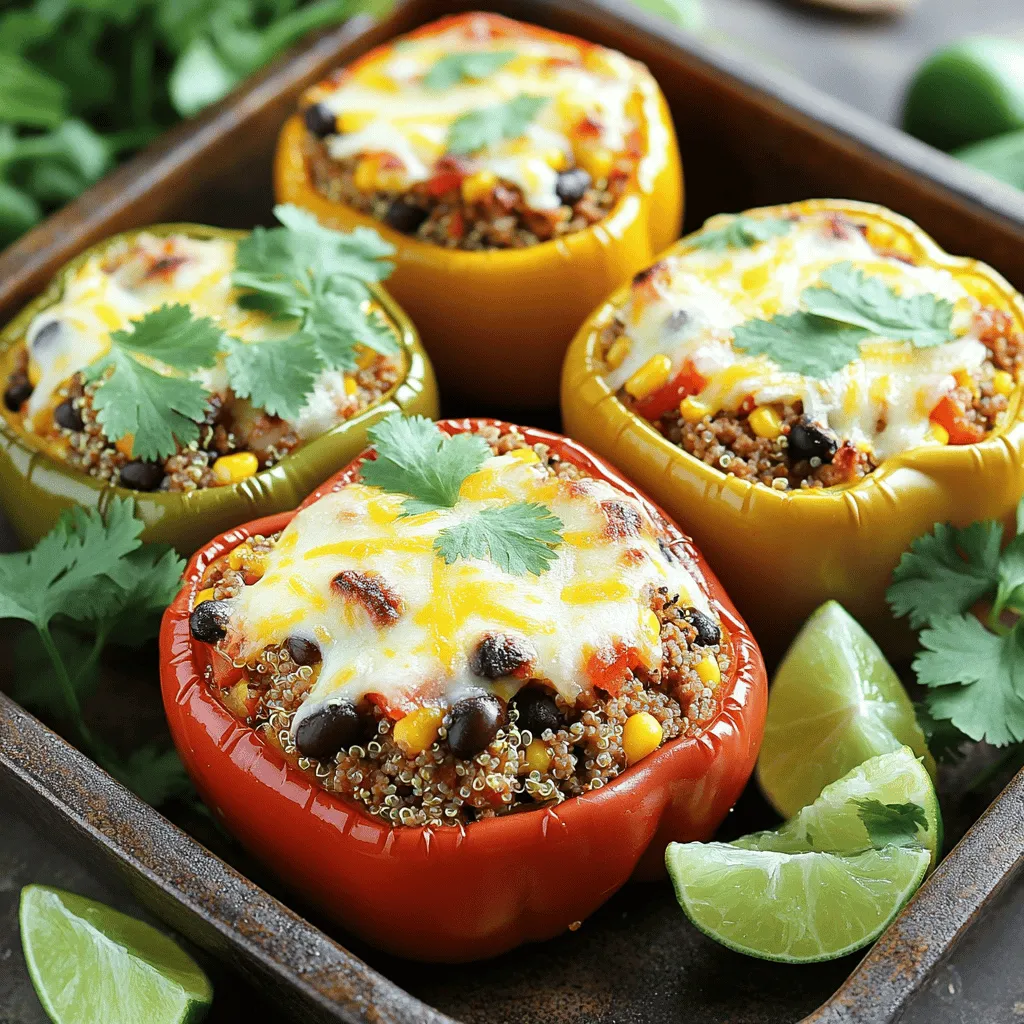
Ground Turkey and Peppers Flavorful Stuffed Delight
Are you ready for a meal that bursts with flavor? My Ground Turkey and Peppers recipe is a tasty, healthy choice. Packed with ground turkey,
![- 1 pound of ground beef or turkey - 1 cup of fresh spinach, finely chopped - 3 cloves of garlic, minced - 1 cup of mozzarella cheese, cut into small cubes - 1/4 cup of grated Parmesan cheese For my Spinach Garlic Meatballs, I often choose beef or turkey. Both meats work well and keep the meatballs juicy. Fresh spinach adds a vibrant color and is packed with nutrients. The minced garlic gives a strong flavor that pairs well with the meat. For cheese, I use mozzarella for its melting quality. It creates a delightful surprise when you bite into the meatball. Parmesan adds a salty kick and depth to the mix. - 1/2 cup of breadcrumbs - 1 large egg - 1 teaspoon of dried oregano - 1 teaspoon of salt - 1/2 teaspoon of black pepper For binding, I add breadcrumbs and an egg. This keeps the meatballs from falling apart. Dried oregano, salt, and pepper bring out the flavors in the meat and spinach. I love using these spices because they are classic and easy to find. - 2 cups of marinara sauce (for serving) - Fresh basil leaves (for garnish) - Optional olive oil When serving, I like to pour warm marinara sauce over the meatballs. The sauce adds moisture and extra flavor. A sprinkle of fresh basil on top makes the dish even better. If you want a touch of richness, drizzle olive oil over the meatballs. You can follow the [Full Recipe] to make this dish even more special. Start by preheating your oven to 400°F (200°C). This high heat helps make the meatballs crispy on the outside. Next, line a baking sheet with parchment paper. This prevents sticking and makes for easy clean-up. Now it’s time to make the meatball mixture. In a large bowl, combine the ground beef or turkey, finely chopped spinach, and minced garlic. Add breadcrumbs, grated Parmesan cheese, the egg, dried oregano, salt, and black pepper. Use your hands or a wooden spoon to mix everything well. Ensure each ingredient is mixed evenly. For stuffing the meatballs, take a small amount of the mixture. It should be about the size of a golf ball. Flatten it slightly in your palm. Place a cube of mozzarella in the center. Carefully fold the meat around the cheese, sealing it inside. Roll it into a smooth ball. This helps keep the cheese from leaking during cooking. Repeat this process until all your mixture is shaped into stuffed meatballs. Make sure each meatball is uniform in size. This guarantees even cooking. Place the stuffed meatballs on the prepared baking sheet. Make sure they have space between them. This allows hot air to circulate, cooking them evenly. Bake the meatballs in your preheated oven for 20 to 25 minutes. They should be fully cooked, golden brown outside, and reach an internal temperature of 165°F (74°C). You can check this with a meat thermometer. Stick it in the thickest part of a meatball to get an accurate reading. Following these steps will result in flavorful, cheesy meatballs. They are perfect for serving with marinara sauce, as noted in the Full Recipe. To make your meatballs, mix the ingredients gently. Overworking the meat makes it tough. Use your hands or a spoon to fold everything together. Aim for a uniform mixture without squishing it too much. Keep your meatballs moist while baking by not overcrowding the pan. Space them out to help them cook evenly. Adding a bit of milk or broth to the mixture can also help keep them juicy. For extra flavor, try adding herbs like parsley or thyme. A touch of red pepper flakes can add some heat if you like spice. You can also swap the mozzarella for other cheeses like gouda or cheddar for a twist. If you want a different meat, ground chicken or pork can work great too. When serving these meatballs, think about how you plate them. You can serve them over spaghetti with marinara sauce for a classic look. For a fun twist, place them in a sub roll with sauce and cheese on top. Garnish with fresh basil leaves for a pop of color. A drizzle of olive oil and a sprinkle of grated Parmesan adds a nice touch. For a side, garlic bread or a fresh salad pairs well with these meatballs. For the full recipe, check out the [Full Recipe]. {{image_4}} You can easily make these spinach garlic meatballs gluten-free by using gluten-free breadcrumbs. This simple swap keeps the texture and flavor intact. For those who follow a vegetarian or vegan diet, use plant-based meat substitutes. Brands like Beyond Meat or Impossible Burger work well. Just ensure the substitutes are seasoned to match the original recipe. To add more depth, try mixing in herbs like parsley or thyme. These fresh additions can brighten the flavor. You can also play with different cheeses. Try using sharp cheddar or creamy feta instead of mozzarella for a unique twist. Spices, like crushed red pepper or smoked paprika, can give the meatballs a kick. Experimenting with these options keeps the dish exciting. These meatballs shine in various serving styles. You can place them in a sub sandwich, topped with marinara and cheese, for a hearty meal. For an appetizer, serve them on skewers with toothpicks. This makes them easy to grab and enjoy. You can also adapt them for meal prep. Just make a big batch and store them for easy family-style dining. They reheat well and stay tasty, making them perfect for busy weeknights. For the complete recipe on making these delicious meatballs, check out the Full Recipe section. To store leftovers properly, let the meatballs cool first. Place them in an airtight container. This keeps them fresh and prevents odors from mixing. In the fridge, they last about 3 to 4 days. Freezing meatballs is simple. First, let them cool completely. Then, arrange them on a baking sheet. Freeze them for about 1 hour until firm. After that, transfer them to a freezer-safe bag. Remove as much air as possible. They can last up to 3 months in the freezer. When you want to enjoy them again, thaw them overnight in the fridge. For best results, reheat them in the oven. This keeps them from getting soggy and helps them stay flavorful. To retain moisture and flavor, I recommend reheating in the oven. Preheat it to 350°F (175°C). Place the meatballs on a baking sheet and cover them with foil. Heat for about 15 to 20 minutes until warmed through. You can also use a microwave, but keep in mind it may dry them out. If using the microwave, place them on a plate and cover with a damp paper towel. This helps keep them moist, but the oven method is better for taste. For the full recipe of Spinach Garlic Meatballs Stuffed with Mozzarella, check out the details above. How can I ensure my meatballs aren't dry? To keep your meatballs moist, use ground meat with some fat. Adding fresh herbs and using an egg helps too. Do not overmix the meat mixture. This keeps the meatballs tender. Can I use frozen spinach instead of fresh? Yes, you can use frozen spinach! Just thaw it first and drain any excess water. This helps avoid soggy meatballs. How long do I need to bake these meatballs? Bake the meatballs for 20 to 25 minutes. Check them around the 20-minute mark to avoid overcooking. What temperature should the meatballs reach to be fully cooked? Your meatballs should reach an internal temperature of 165°F (74°C). A meat thermometer will help you check this easily. What can I substitute for mozzarella cheese? If you need a substitute for mozzarella, use provolone or gouda. Both melt well and add great flavor. Are there alternatives for breadcrumbs in meatball recipes? You can use crushed crackers or oats as a breadcrumb alternative. Both bind the meatballs and add texture. For a full recipe, check out Spinach Garlic Meatballs Stuffed with Mozzarella. In this blog post, we explored how to make delicious meatballs. We covered main ingredients, including meat, spinach, garlic, and cheese. We also shared tips for flavor, cooking techniques, and serving ideas. Remember, the key to great meatballs lies in proper mixing and baking. Whether you stick to the recipe or get creative with variations, delicious results await. Follow these steps, and you’ll enjoy tasty meatballs perfect for any meal. Enjoy your cooking adventure!](https://roastedflavors.com/wp-content/uploads/2025/05/a4c50d94-3d02-4f83-b0bb-3e2af46d3350.webp)
Spinach Garlic Meatballs Stuffed with Mozzarella Delight
Looking for a fun and tasty way to enjoy a hearty meal? Try my Spinach Garlic Meatballs Stuffed with Mozzarella! These delicious meatballs combine fresh
. To make the best Mexican street corn soup, focus on fresh ingredients. Use fresh corn for a sweet taste and a great texture. When cooking, let the spices bloom. This means giving the cumin and paprika time to release their flavors. A squeeze of lime juice adds a burst of freshness. Taste as you go. Adjust the salt and pepper to your liking. If you want more heat, add extra jalapeño. For a creamier texture, blend longer. Aim for a smooth finish and a rich flavor. Store leftover soup in an airtight container. It can last in the fridge for 3 to 4 days. To freeze, pour it into freezer bags or containers. Make sure to leave space for expansion. When reheating, do it gently. Use a pot on low heat, stirring often. You can also use a microwave but heat in short intervals. Add a splash of coconut milk if the soup thickens too much. This keeps it creamy and delicious. Serve the soup hot in colorful bowls. Garnish with fresh cilantro and diced avocado. A sprinkle of feta cheese adds a nice touch. For added zest, drizzle extra lime juice on top. You can also serve crispy tortilla chips on the side for crunch. Enjoy it as a starter or pair it with a fresh salad for a full meal. For the full recipe, check the section above. {{image_4}} You can easily make Mexican Street Corn Soup vegan. Swap out the creamy coconut milk for any plant-based milk. Omit the feta cheese or use a vegan cheese instead. This keeps the soup rich and creamy without dairy. You still get that wonderful taste of corn and spices that everyone loves. If you want a spicy kick, add more jalapeños or some diced serrano peppers. You might also try a dash of hot sauce for extra heat. For a smoky flavor, add chipotle peppers in adobo sauce. This adds depth and makes the soup really pop. To make this soup low-carb, replace the corn with zucchini or cauliflower. You can also skip the coconut milk and use a low-carb broth. Both options keep the soup tasty while cutting down on carbs. This way, you can enjoy a healthier version without losing flavor. For the full recipe, check out the detailed steps to make this hearty and flavorful dish. After you enjoy your Mexican street corn soup, let it cool. Use an airtight container to store it. Place it in the fridge. It will stay fresh for about three to four days. For best taste, eat it sooner rather than later. You can freeze this soup for later! Make sure it cools down first. Pour the soup into freezer-safe bags or containers. Leave some space at the top for expansion. It can last up to three months in the freezer. Just label the bags with the date. When you're ready to eat the soup again, thaw it in the fridge overnight. You can also use the microwave or stovetop. For the microwave, heat in a bowl for about 2-3 minutes. Stir halfway through. If using the stovetop, heat in a pot over medium heat. Stir often to avoid sticking. Add a splash of water or broth if it seems thick. Enjoy your hearty soup! For the full recipe, check out the earlier sections. You can serve Mexican Street Corn Soup with many tasty sides. A fresh salad pairs well. Try a simple green salad with lime vinaigrette. You can also enjoy it with warm tortillas or chips. They add a nice crunch. If you want something hearty, grilled chicken or shrimp works great too. For a complete meal, serve it with Mexican rice. Yes, you can make this soup in advance. It stores well in the fridge. Once cooled, put it in an airtight container. It will stay fresh for up to three days. Reheat it on the stove over medium heat. If the soup seems thick, add a bit of vegetable broth or water. This keeps it creamy and smooth. The spice level depends on how you prepare it. The jalapeño adds a nice kick. If you want it milder, remove the seeds. You can also use less jalapeño. For more spice, add a pinch of cayenne pepper or use a hotter pepper. Taste as you go, so you get the right heat for you. Enjoy the flavor without the burn! In this blog post, we explored the essential and optional ingredients for Mexican Street Corn Soup. I shared step-by-step instructions, tips for flavor, and variations to fit any diet. We also covered storage options and answered common questions to guide you. Enjoy making this soup your own. Whether you go classic or add a twist, have fun with it!](https://roastedflavors.com/wp-content/uploads/2025/05/1313f1d5-a82a-4277-9a58-523e3445cda4.webp)
Mexican Street Corn Soup Hearty and Flavorful Recipe
Are you ready to enjoy a bowl of vibrant Mexican Street Corn Soup? This recipe bursts with fresh flavors and hearty ingredients. I’ll show you
. You can make tasty Air Fryer Cheeseburger Wraps with simple ingredients. Start with ground beef, tortillas, and cheese. Add flavorful spices and optional toppings to make it your own. The step-by-step guide helps you cook perfect patties and assemble wraps easily. Remember to avoid common mistakes to enjoy your meal fully. Store any leftovers properly for next time. These wraps offer fun variations and pair well with many sides. Get creative and enjoy every bite of your delicious creation!](https://roastedflavors.com/wp-content/uploads/2025/05/e7258cb6-c7dc-416d-b3b2-c687a0f67d17.webp)
Air Fryer Cheeseburger Wraps Delicious and Easy Meal
Looking for a quick meal that packs big flavor? Air Fryer Cheeseburger Wraps are the answer! They’re easy to make and perfect for busy weeknights

Homemade Chicken Pot Pie Casserole Simple and Tasty
If you’re craving a warm, comforting dish, let me introduce you to my Homemade Chicken Pot Pie Casserole. This simple, tasty recipe combines juicy chicken,
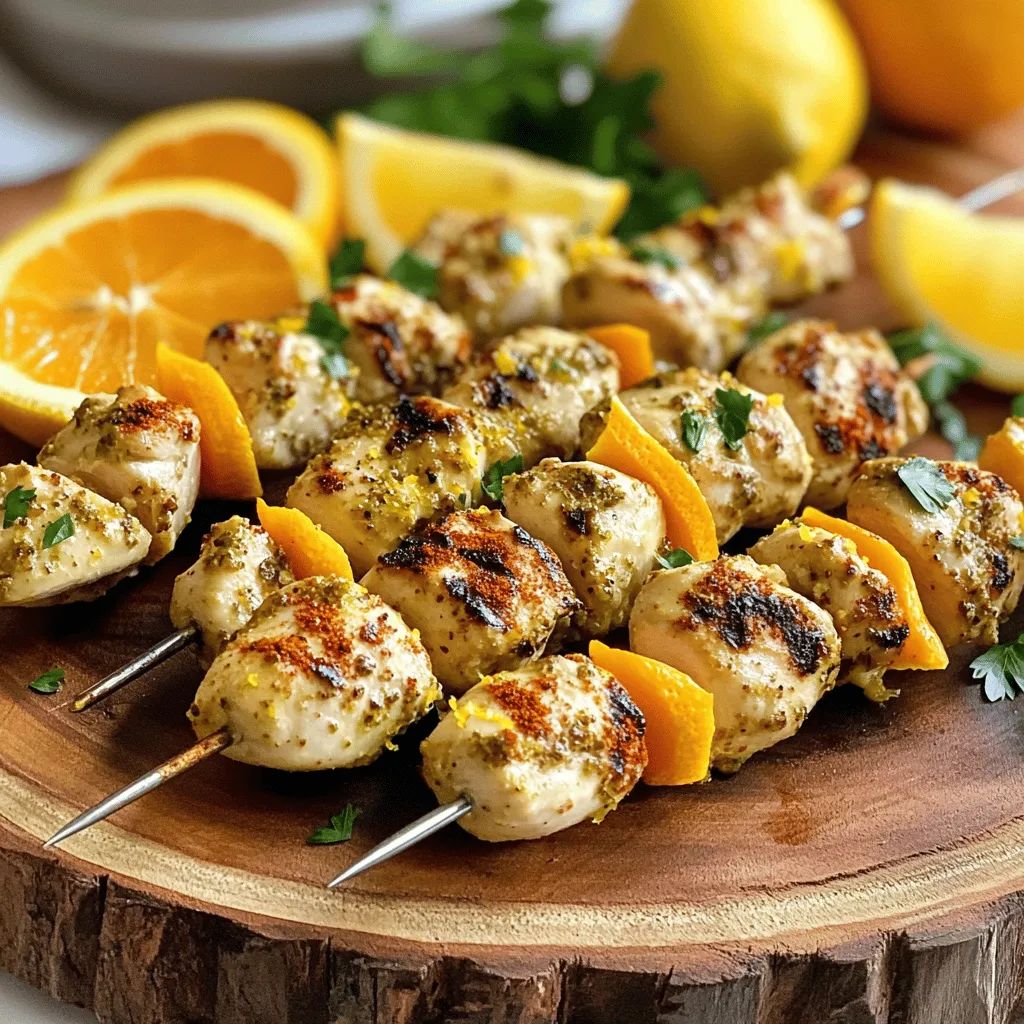
Delicious Chicken Tenderloin Meals Made Easy Today
Looking for an easy way to whip up delicious chicken tenderloin meals? You’ve landed in the right spot! Today, I’ll guide you through tasty recipes,
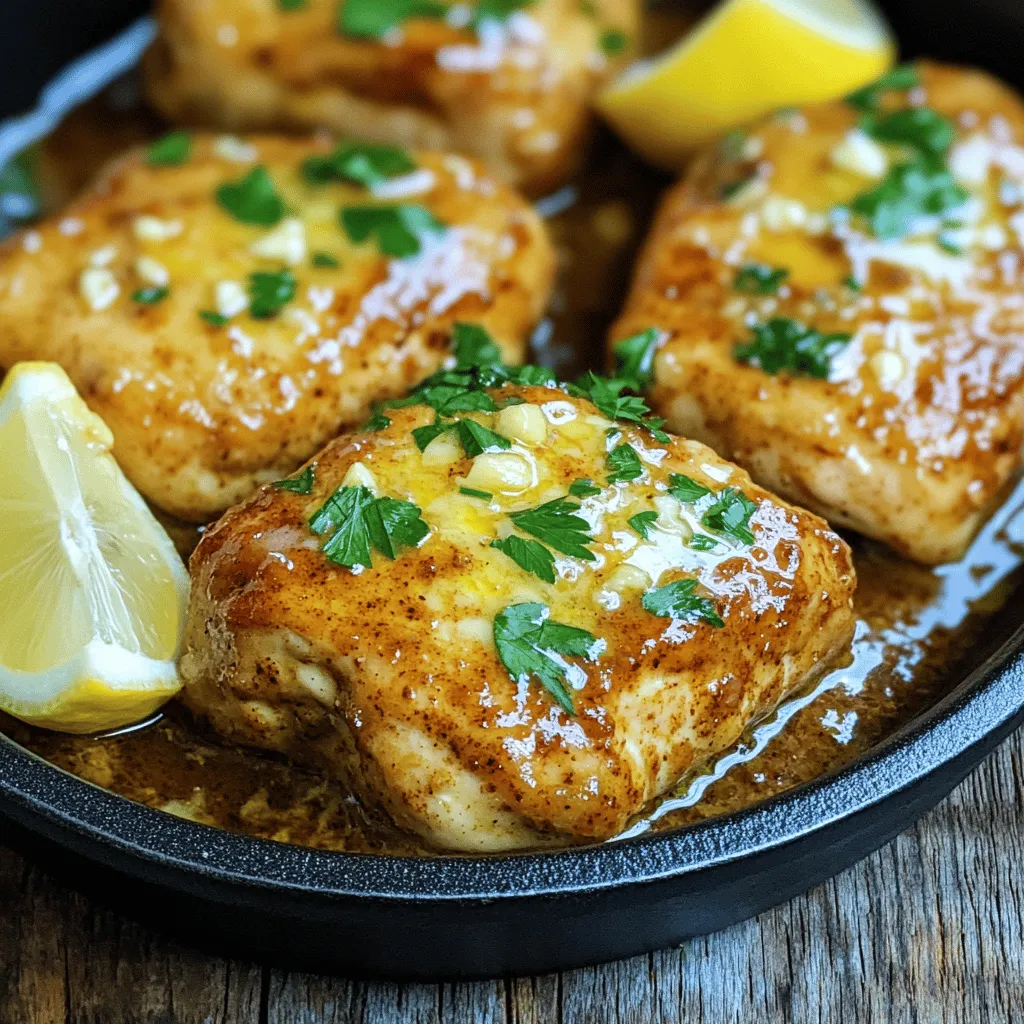
Flavorful Cowboy Butter Chicken Simple and Swift Dish
Get ready to spice up your dinner routine with my Flavorful Cowboy Butter Chicken! This dish is not only quick to make but bursting with
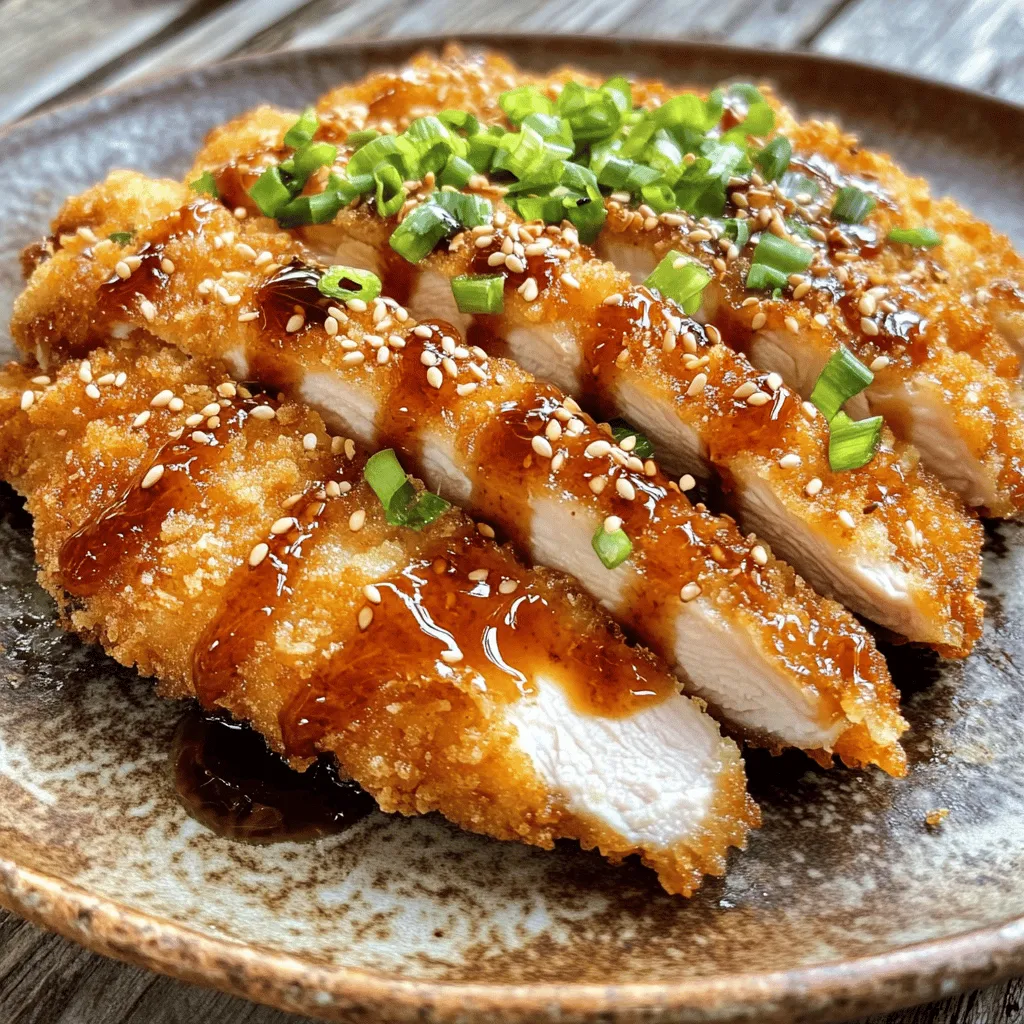
Crispy Chicken Katsu Savory and Crunchy Delight
Are you ready to crunch into a world of flavor with Crispy Chicken Katsu? This dish is a true crowd-pleaser, featuring tender chicken coated in
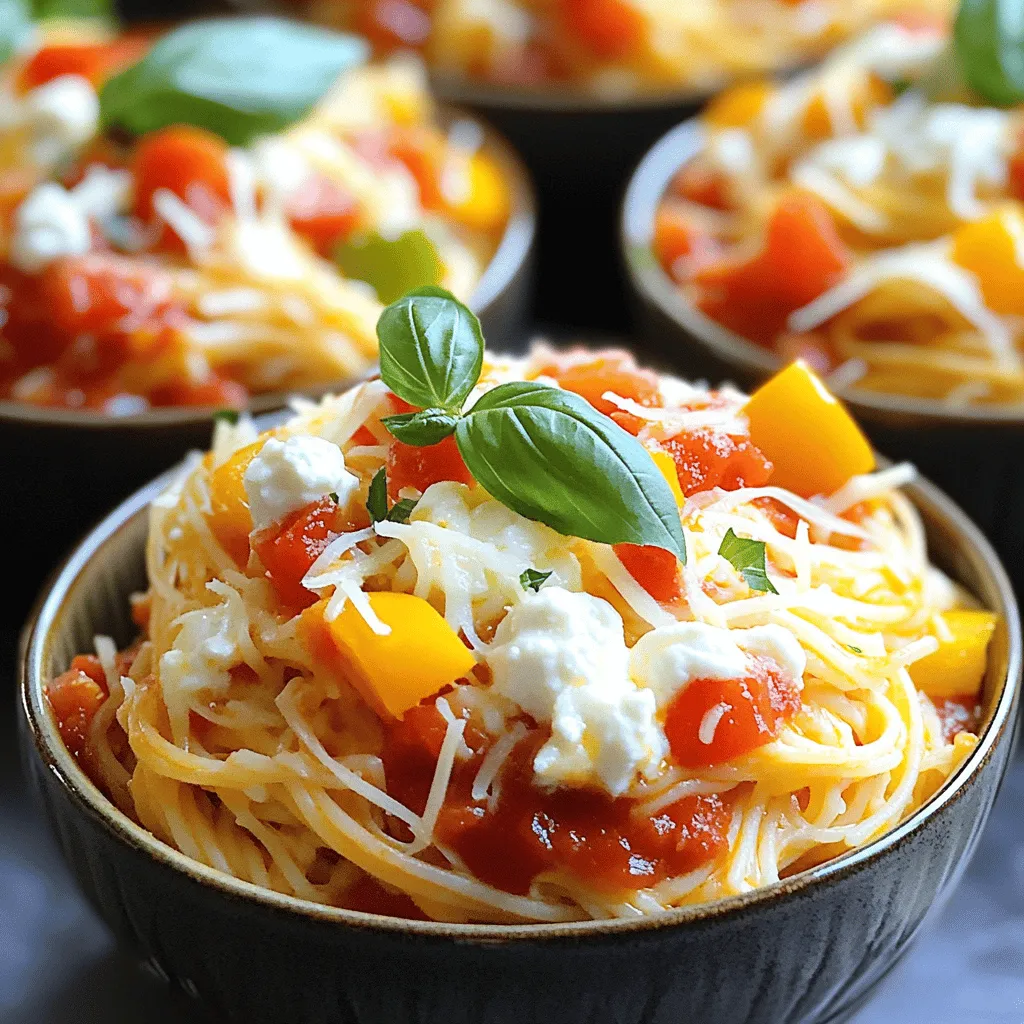
Savory Slow Cooker Spaghetti Casserole Delight
Welcome to Savory Slow Cooker Spaghetti Casserole Delight! If you’re looking for an easy and tasty dinner, this recipe is for you. I will guide